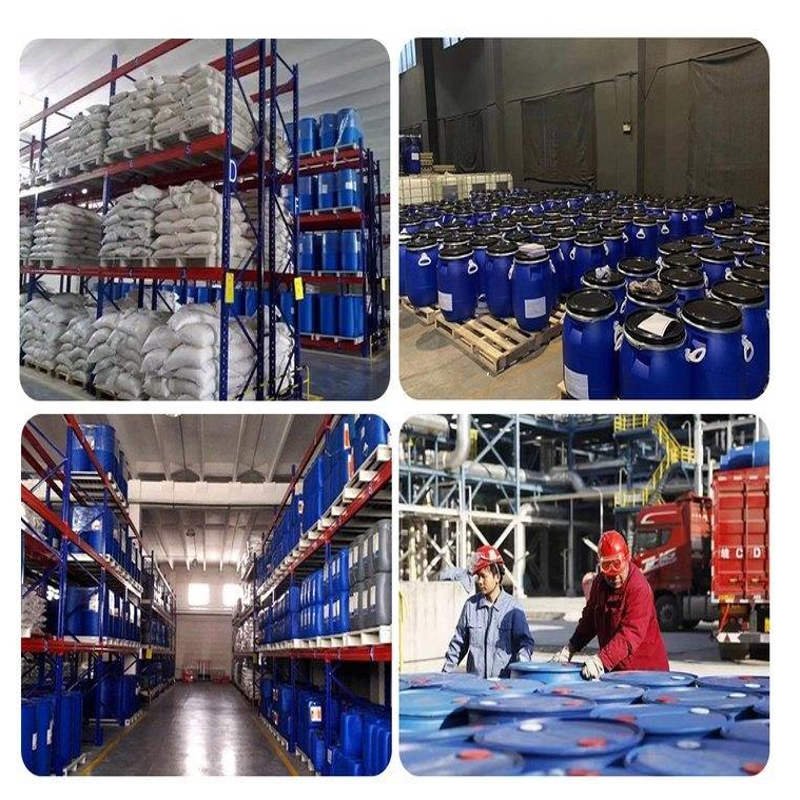-
Categories
-
Pharmaceutical Intermediates
-
Active Pharmaceutical Ingredients
-
Food Additives
- Industrial Coatings
- Agrochemicals
- Dyes and Pigments
- Surfactant
- Flavors and Fragrances
- Chemical Reagents
- Catalyst and Auxiliary
- Natural Products
- Inorganic Chemistry
-
Organic Chemistry
-
Biochemical Engineering
- Analytical Chemistry
-
Cosmetic Ingredient
- Water Treatment Chemical
-
Pharmaceutical Intermediates
Promotion
ECHEMI Mall
Wholesale
Weekly Price
Exhibition
News
-
Trade Service
After peaking at $5.
02 per gallon in early May, the national average oil price in the United States has fallen for 70 consecutive days and fell to $3.
88 per gallon on Wednesday, the second longest consecutive decline in 20 years
, according to Oil Price Network reported on August 24.
But experts are now warning that consumers should not be misled into creating a false confidence that the decline will continue
.
Rebecca Babin, senior energy trader at CIBC Private Wealth, warned in an interview with Yahoo Finance Live that two factors could put upward pressure on gas prices: reserves and sanctions
.
Babin said that even if gasoline demand falls, supply will fall with it, but there will not be a big pullback
.
National gasoline prices are likely to rise
from then on.
Babin noted that the government's plan to release oil reserves on a large scale will end in November, while Europe will impose sanctions
in December.
She believes that both factors could reduce oil supplies, push up prices and spill over into gasoline
.
What's more, this will coincide with North America's heating oil season, meaning refiners will be more inclined to make crude oil into heating oil rather than gasoline
.
Crude prices have been cutting earlier losses since the start of the week after Saudi Oil Minister said the current bear market could require OPEC+ to tighten production because futures prices do not reflect supply and demand fundamentals
.
The chief warned that extreme volatility and lack of liquidity in the futures market are affecting prices in a way that is not in line with normal supply and demand factors, which could prompt OPEC+ to act
.
Javier Blas, a columnist for the Bloomberg Review, said $100 is more likely, calling it the price floor, the return of OPEC+ puts, or simply, a bottom line
.
No matter how one puts this bottom line in words, Riyadh's intervention suggests a preference for keeping oil prices around
$100.







